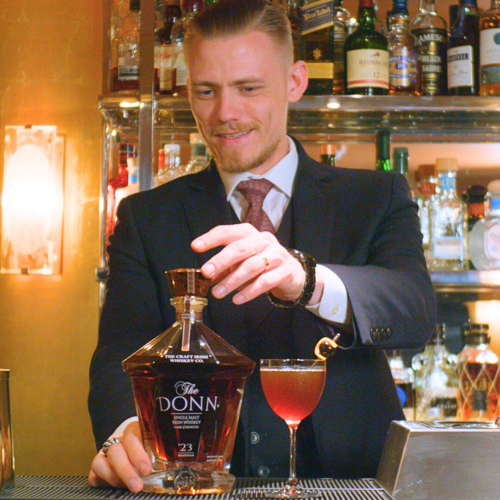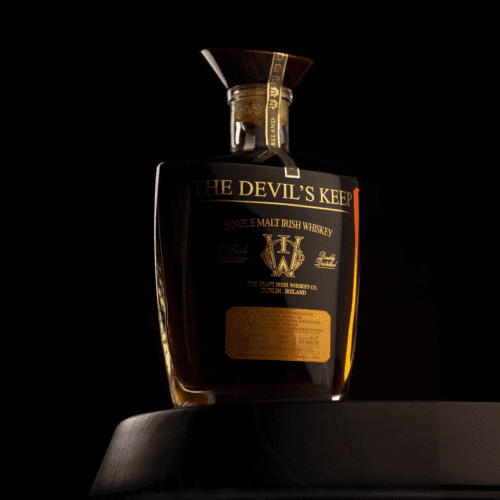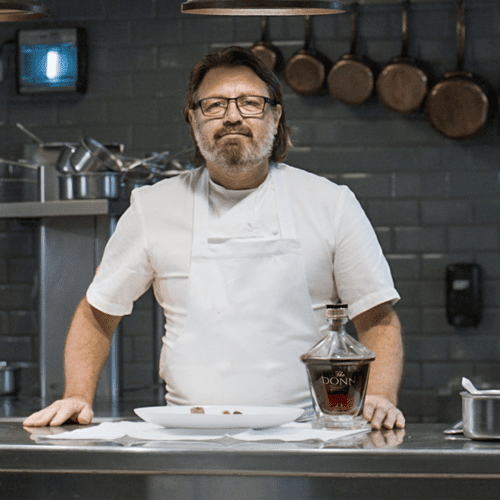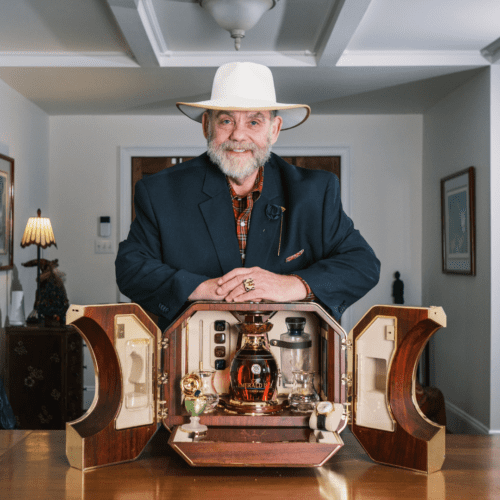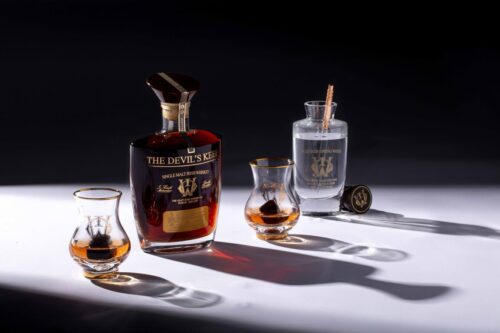As we celebrate Irish Whiskey Day, we’ve been reflecting on its long history. Many will associate Irish whiskey with the blends on supermarket shelves, their numbers dwarfed by row-upon-row of Scotch and Bourbon. But travel back hundreds of years and Irish whiskey was dominant across the world. From the furthest reaches of the British Empire to America and beyond, each glass was more likely to hold a taoscán of Irish than a dram of Scotch. The Craft Irish Whiskey Co. was born from a desire to reinstate Irish whiskey to the glorious heights it once enjoyed; one rare, carefully crafted whiskey at a time. Here we explore the rise, fall and rebirth of Irish whiskey that form the foundations of The Craft Irish Whiskey Co..
Irish Whiskey
As tales go, the rise, fall and rebirth of Irish whiskey is as dramatic as the country’s soaring cragged peaks and lush emerald valleys. It is a tale of highs that reach to the dappled grey clouds cloaking the Comeragh Mountains, and lows that swoop down to the central plains. A tale of empire, politics, history, world conflicts and a dedication to purity and unadulterated quality. It is a tale that means the golden liquid you cradle in your hand is far more than a simple whiskey. It is hundreds of years of life stories, dreams and drama, distilled into a bottle. It is a story of Ireland and of a commitment to the craft through the highs and lows that saw passion and devotion prevail against the odds.
The Rise
Derived from uiscue beatha, whiskey is, simply put, the ‘water of life’. It is as much a part of Ireland as the green grass we walk on and the endless skies that roll over our heads, dark and brooding one moment, dazzlingly blue the next. While its origins are a matter of debate, we have evidence of it dating back to 1405, making Irish whiskey one of the earliest recorded distilled drinks in Europe. For four hundred years it rode a wave of triumph, beloved across the world. From Queen Elizabeth I to the Americas and across the British Empire, Irish whiskey was a sought-after product, an exquisite balance of Ireland’s natural beauty. The golden barley, fertile soils, crystal clear waters and warm Atlantic currents came together to create a nectar fit for a King and demand soared. By the end of the 19th century, Irish whiskey dominated the market, with two-thirds of all whiskey sold in London originating in Ireland. Dublin alone boasted six distilleries and at its peak, 30 million gallons a year were being produced. It seemed unstoppable. Yet, during those glorious days, none could predict the turbulent times that lay ahead, not only for Irish whiskey but across the world.
The Fall
There was no one reason for its fall from grace. Simply a perfect storm of world events. Irish Independence in 1919 may have cut Ireland’s ties to the British Empire and its markets but that in itself could not have caused such a drastic fall. Prohibition in the US may have severed its export to the American market, but that alone would not have been the death knell. But the two, combined with the rise of Scottish whisky, saw the dark clouds roll in. With unfettered access to the Empire, and America after the end of Prohibition in 1933, Scottish whisky raced ahead while Irish whiskey’s fortunes dwindled. Cheaper blended whiskies were on the rise, but the Dublin distilleries were stubborn in their commitment to quality, rejecting the idea that a blend could lay claim to being ‘whiskey’. By the 1960s only three distilleries remained in Ireland, and by the 1980s, production of Irish whiskey had plummeted to under 500,000 gallons a year. To many, it looked as though the craft may be lost forever.
The Rebirth
Yet the last few decades of the 20th century saw the rising of a new dawn. Entrepreneurial spirit, booming markets and an increasingly globalised world brought new opportunities, investments, and a rekindling of the world’s appreciation for Irish whiskey. In the 1960s the remaining three distilleries joined forces to become Irish Distillers Ltd. While caving to outside demands to create a blended whiskey, they continued to produce single pot whiskey behind the scenes, in the firm belief that they would once more have their day. Their 1988 merger with Pernod Ricard marked a turning point in the fortunes of Irish whiskey, creating a worldwide distribution network that offered the audience it had lost. Irish whiskey was on the menu once more, beloved and admired by connoisseurs across the world. Further acquisitions of distilleries by multinational companies brought investment and international attention and by 2014 there were eight distilleries in Ireland. Two years later this number had risen to seventeen and shows no signs of abating. Audiences across the world have been reminded of the dedication to purity that Irish whiskey demands, of the precious golden liquid that swirls languorously in the glass, dancing and dazzling as it catches the light.
From the heady days of the 19th century to the lows of the early 20th, Irish whiskey has seen its fate rise and fall with the political reverberations of the day. We see it now in its ascendency, soaring, as if on the gentle winds that carry the Atlantic airs across our emerald hills. Yet this rekindling of our love affair with Irish whiskey is here to stay. For too long it has been hidden away, kept down and out of sight. There’s only so long a craft so inextricably bound to Ireland’s culture, heritage and people, can be grounded. Now in flight, the potential seems as endless as the Irish skies. A turbulent century has added character, a story. Where once a bottle of whiskey held the promise of a pleasant evening, it now holds the history of its indefatigable spirit; its rise, fall and rebirth.




